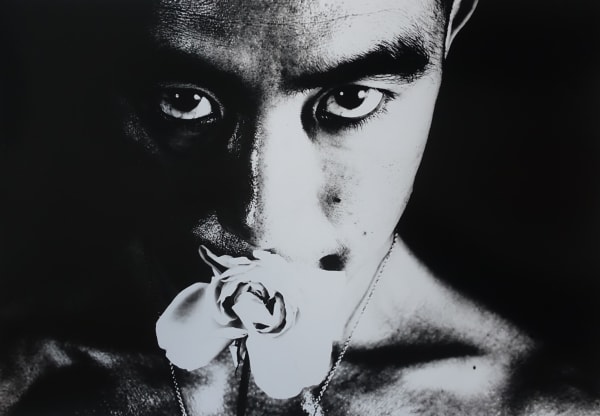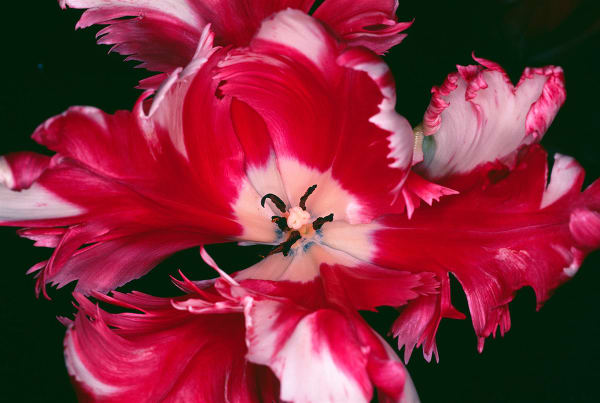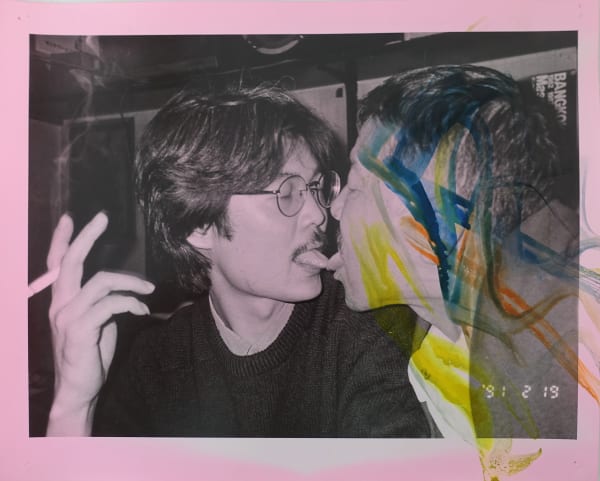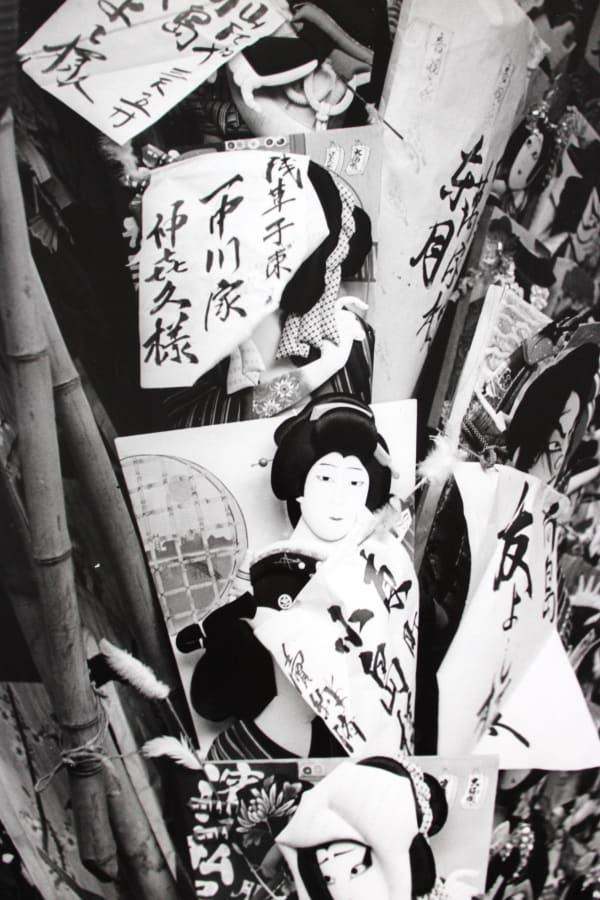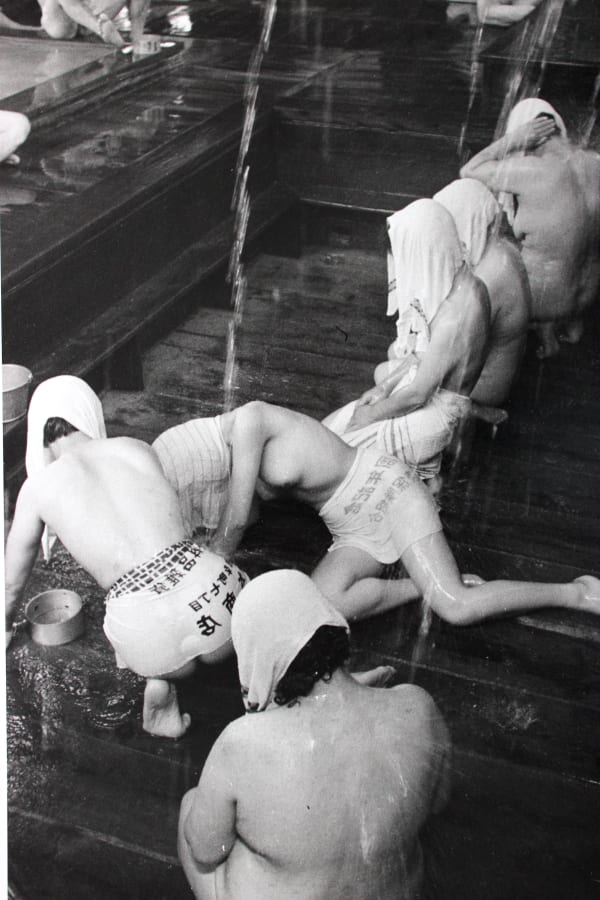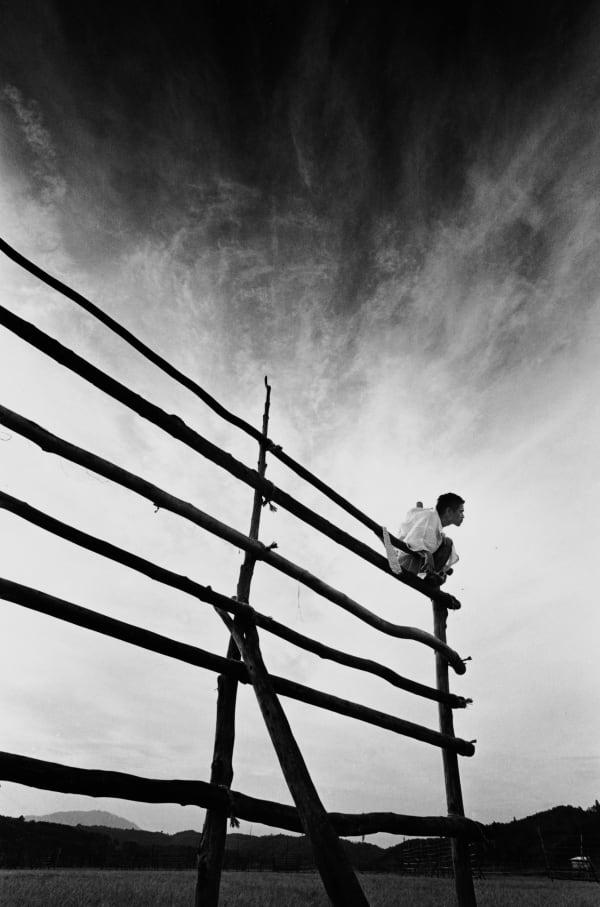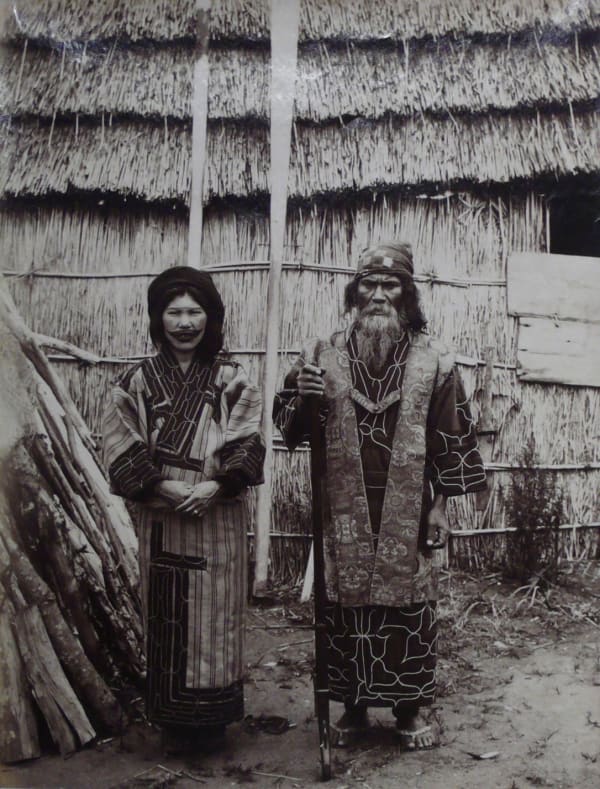OKASHI : 10 Portland Road
-
 Eikoh Hosoe, Ordeal by Roses #32, 1961
Eikoh Hosoe, Ordeal by Roses #32, 1961 -
 Nobuyoshi Araki, Sachin, 1963
Nobuyoshi Araki, Sachin, 1963 -
 Nobuyoshi Araki, Colourscapes, Tokyo from a private collection, 1991
Nobuyoshi Araki, Colourscapes, Tokyo from a private collection, 1991 -
 Nobuyoshi Araki, Tokyo Still Life, 2001
Nobuyoshi Araki, Tokyo Still Life, 2001 -
 Masahisa Fukase, Berobero - Untitled, 1991
Masahisa Fukase, Berobero - Untitled, 1991 -
 Masahisa Fukase, Berobero - Untitled, 1991
Masahisa Fukase, Berobero - Untitled, 1991 -
 Unknown Artist, Japanese Engraving, c. 1800s
Unknown Artist, Japanese Engraving, c. 1800s -
 Konishi Hirosada, Actor portrait , Osaka, early 20th C
Konishi Hirosada, Actor portrait , Osaka, early 20th C -
 Inoue Yousuke, Bluebeard, Tenjō Sajiki, 1968
Inoue Yousuke, Bluebeard, Tenjō Sajiki, 1968 -
 Hiroshi Hamaya, Battledore Fair held on New Year’s Day, Asakusa, Tokyo, 1939
Hiroshi Hamaya, Battledore Fair held on New Year’s Day, Asakusa, Tokyo, 1939 -
 Masahisa Fukase, Otaru, from the Solitude of Ravens, 1975
Masahisa Fukase, Otaru, from the Solitude of Ravens, 1975 -
 Oyobe Katsuhito, Yamada Shin, Tale of the Haunted Chimney, Jōkyō Gekijō, 1981
Oyobe Katsuhito, Yamada Shin, Tale of the Haunted Chimney, Jōkyō Gekijō, 1981 -
 Utagawa Kunisada (Toyokuni), Praying for Hits in the Waterfall of Answered Prayers. Triptych, 1870
Utagawa Kunisada (Toyokuni), Praying for Hits in the Waterfall of Answered Prayers. Triptych, 1870 -
 Hiroshi Hamaya, Women taking a hot spring cure, Sukayu Onsen, Aomori, 1957
Hiroshi Hamaya, Women taking a hot spring cure, Sukayu Onsen, Aomori, 1957 -
 Gen Otsuka, Ballet dancers, Tokyo, 1954
Gen Otsuka, Ballet dancers, Tokyo, 1954 -
 Daido Moriyama, Japan, a Photo Theater II, 1976
Daido Moriyama, Japan, a Photo Theater II, 1976 -
 Migita Toshihide, Ichikawa Danjuro IX as Kumagai Naozone in the play Ichinotani Futaba Gunki, 1893
Migita Toshihide, Ichikawa Danjuro IX as Kumagai Naozone in the play Ichinotani Futaba Gunki, 1893 -
 Shomei Tomatsu, Subway, Tokyo, 1969
Shomei Tomatsu, Subway, Tokyo, 1969 -
 unknown photographer, Japanese woman showing back of hair and obi (sash),
unknown photographer, Japanese woman showing back of hair and obi (sash), -
 Eikoh Hosoe, Kamaitachi #8, 1965
Eikoh Hosoe, Kamaitachi #8, 1965 -
 Eikoh Hosoe, Man and Woman #20, 1960
Eikoh Hosoe, Man and Woman #20, 1960 -
 Tamoto Kenzo, Ainu (With Gun), Hokaido, Japan, 1885-1890
Tamoto Kenzo, Ainu (With Gun), Hokaido, Japan, 1885-1890 -

Ishiuchi Miyako, Yokosuka Story #98, 1976-1977
The Michael Hoppen Gallery is delighted to present a kaleidoscope of works crossing centuries, genre, and media, to reveal a different interpretation of Japan – neither a delicate vision of the Floating World, nor the kawaii kitsch of Hello Kitty’s homeland.
The concept of okashi has been used throughout Japanese aesthetic history to refer to those things which delight for their strangeness, their humour, or their power to intrigue. This show
illustrates an eclectic understanding of Japan’s visual identity by including photographs, vintage textiles, rich colourful avantgarde theatre posters, woodblock shunga prints and unusual objects, such as Netsuke and Harigata, contextualising the gallery’s interest in Japanese culture.
Michael Hoppen has travelled back and forth to Japan ever since and built up a varied and personal collection of Japanese materials. Okashi includes a collection of 1800s engravings which features depictions of ohaguro – the ancient Japanese practice of teeth blackening, a custom deemed alluring and beautiful which delighted in its strangeness. ‘Okashi’ gives a lively contextual backdrop against which to display works by Eikoh Hosoe from Ordeal by Roses (1963), the legendary collaborative series of portraits of author Yukio Mishima taken by this influential photographer. Included in the exhibition will be other important and rare works by
Masahisa Fukase from his seminal project ‘The Solitude of Ravens’, and important early works by other post-war legendary artists including Daido Moriyama, Masitoshi Naito, Shomei Tomatsu and Gen Ōtsuka, including his pictures of the Tokyo Ballet and Komaki Ballet companies.
